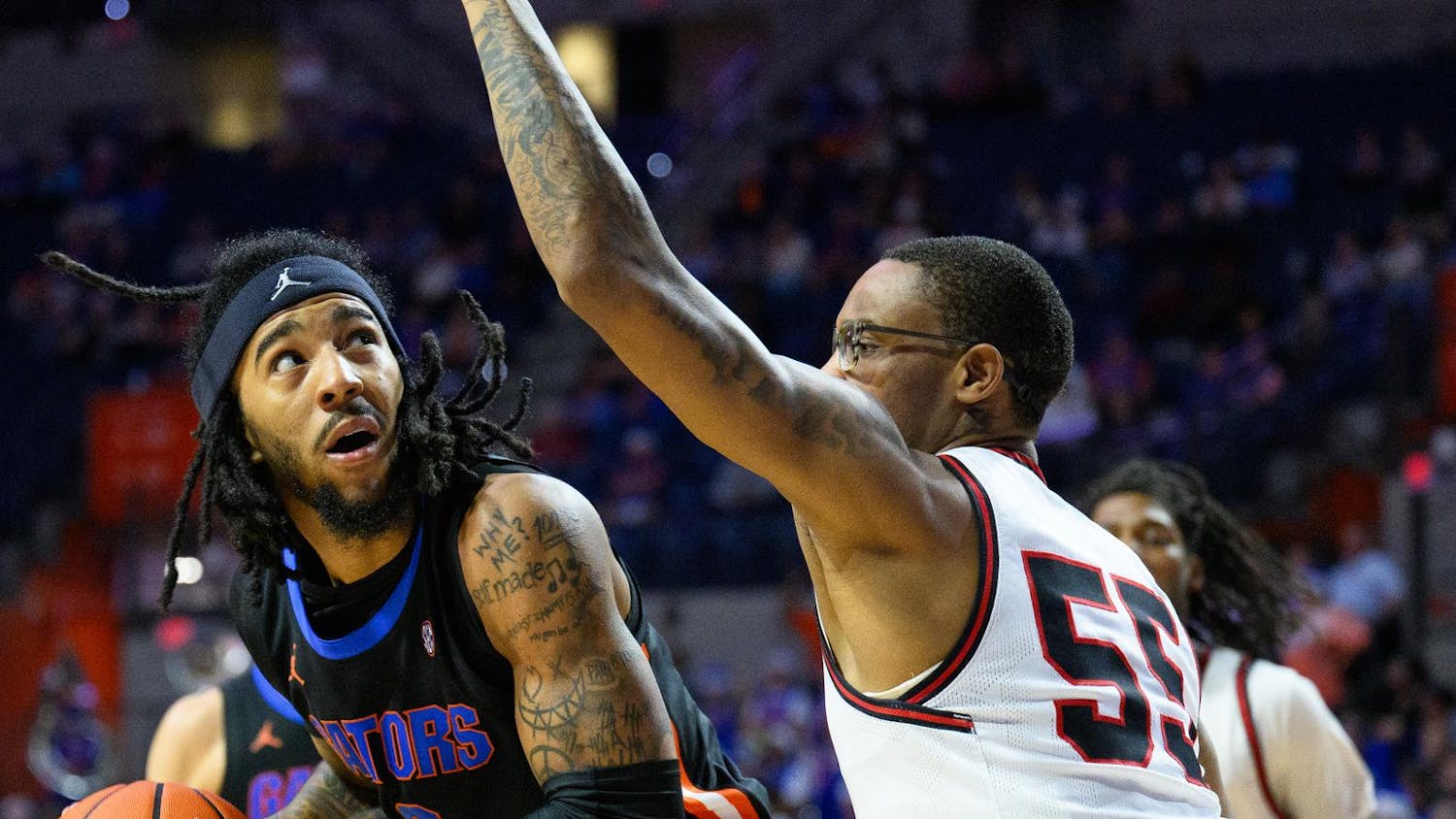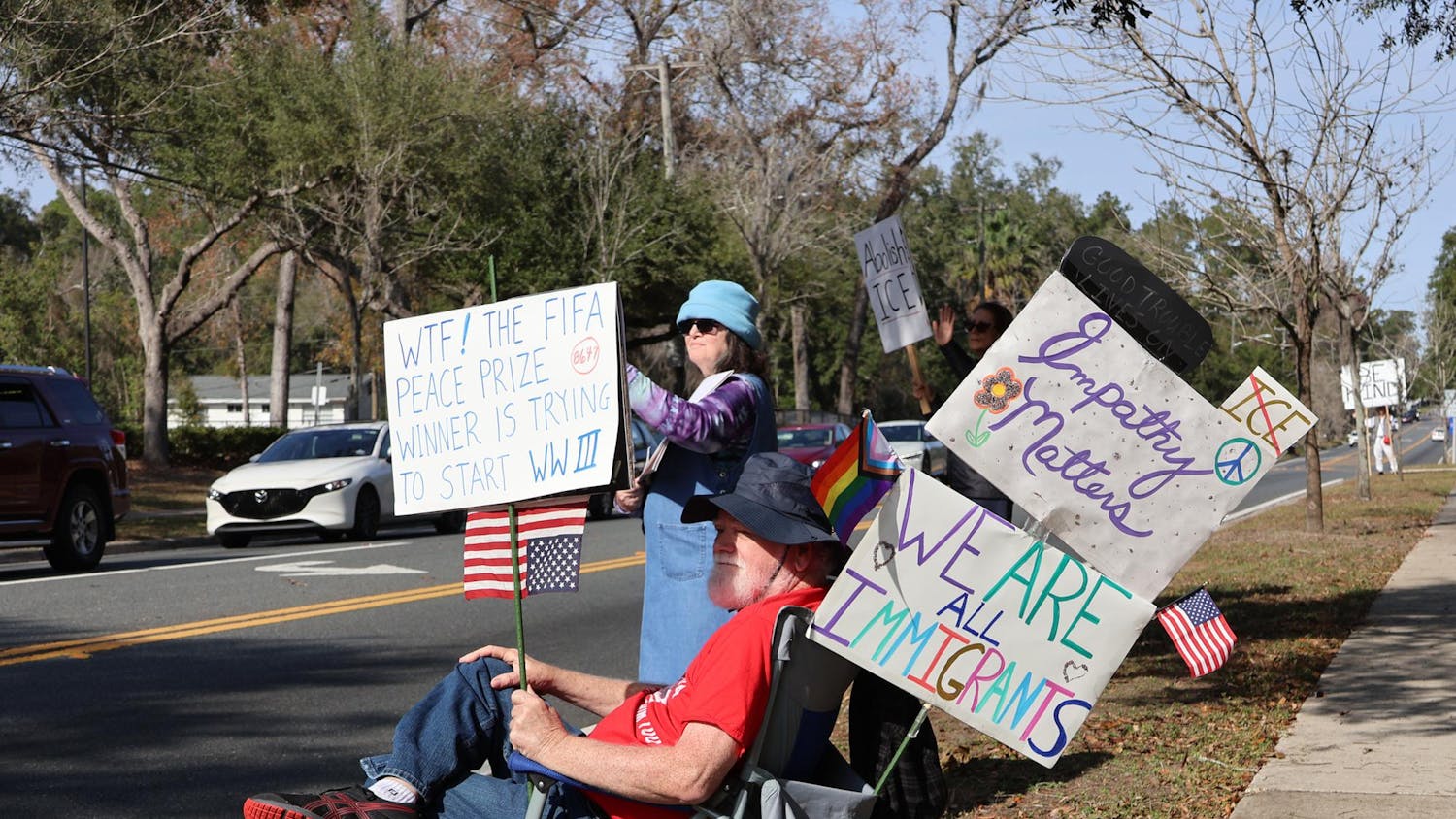On Monday morning, June 4, 1990, Dr. Jack Kevorkian waited alone in his rusted Volkswagen van, parked at a remote campsite an hour outside Detroit. In the back, he'd rigged a makeshift bed next to a contraption that looked like a junior high shop project gone bad - three bottles dangling from hooks screwed into a piece of wood. Around 10 a.m., Kevorkian's two sisters arrived at the campsite with a 54-year-old woman from Portland, Ore., named Janet Adkins. Adkins, in the early stages of Alzheimer's disease, had flown to Detroit the day before for her "appointment."
The morning did not go smoothly. Kevorkian knocked over a vial of thiopental, the drug he used to cause unconsciousness, necessitating another two-hour trip to Detroit for more drugs. Near noon, when he finally got Janet Adkins on the bed in his van, Kevorkian's first four attempts to find a vein in her arm failed. Eventually the IV needle found its mark. Adkins pushed a button three times to send the thiopental into her body. After about a minute, the device switched automatically to potassium chloride, stopping her heart.
Eight years and 130 alleged assisted suicides later, Kevorkian was charged with second-degree murder and ended up spending eight years in prison. The state paroled him last spring, and he left prison pledging "not to assist anyone else."
Now Kevorkian is heading to UF to speak on Jan. 15. College students today were toddlers when Kevorkian and Ms. Adkins met in 1990. What should we tell them about this visit from Dr. Death? First, understand that questions about how we die are relatively new. For most of recorded time, illnesses came, nature took its course and doctors had no real tools to stop that progression. People had no fear of being hooked to machines that prolonged their dying because such machines didn't exist. This is no longer the case. The advance of medical technology over the last 30 years has left the idea of nature taking its course by the roadside. Most deaths today happen in institutions, and many are the result of some decision - antibiotics refused, respirators turned off. And while such decisions often involve complex medical information, the bottom line turns on fundamental, human questions. Why do we live our lives? When can medicine serve those ends? When does it not?
Questions about how we die will occupy the lives of today's students in ways no other generation has faced. The U.S. Census Bureau estimates that by 2030, 44 of the 50 states will have the elderly demographic that only Florida has now. That's 80 million people over the age 65. And those 80 million will be choosing from a smorgasbord of medical and technological interventions in 2030 that we cannot imagine today. Hard questions are coming like a great wave.
There is some good news - the solution, in large part, is relatively simple. This answer will sound simplistic, but I'm convinced it's exactly right: we must talk with one another much more, both in medicine and in our communities, about how we die. Which brings me back to Kevorkian.
Kevorkian was a lightning rod in America in the 1990s. The American Medical Association called him a killer. Others called him a hero. Hero or killer, he made us talk. And talk is good.
So here's some homework for students. Go hear Kevorkian. Talk in class about what you heard. Talk about Terri Schiavo. Talk about your own family stories. Next time you go home, continue the discussion with your parents. Don't look for "right" answers because they aren't there. Understand, though, that every student in America today will face questions many times in their lives about how we die. If listening to Kevorkian now can help jump-start some thinking and talking, then that's an hour worth spending.
Bill Colby is the lawyer who represented the family of Nancy Cruzan before the U.S. Supreme Court in a landmark case for the right-to-die movement.





